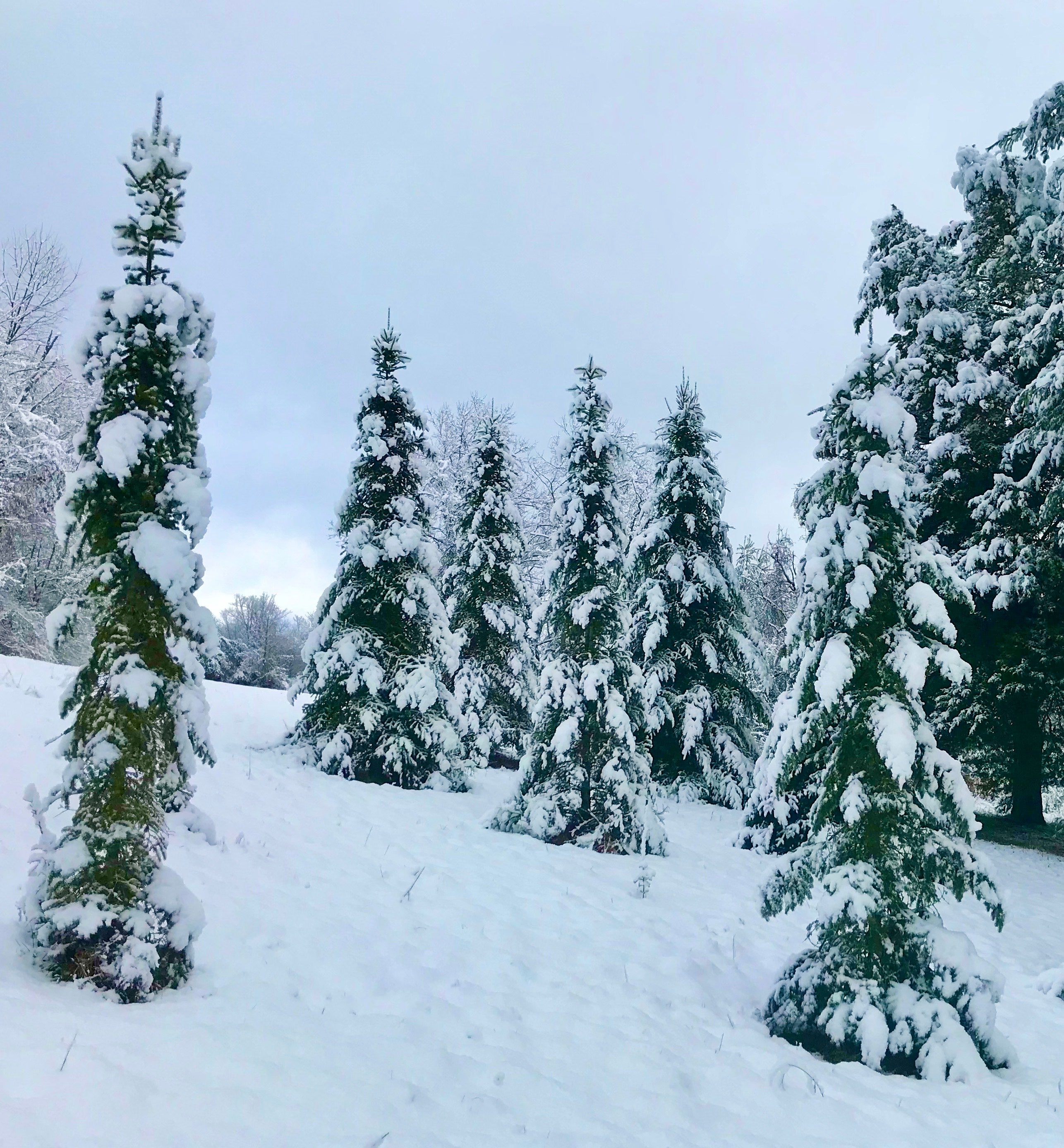OUTSIDE: Winter survival with evergreens
Published 5:02 pm Wednesday, February 24, 2021
|
Getting your Trinity Audio player ready...
|
By Steve Roark
Evergreen trees are more prominent in the winter in our area, being the only bright color seen among the bleak, bare hardwood trees. Besides their visual appeal, evergreens provide important food and shelter for many wildlife species. Common evergreen trees in our area include several species of pine, cedar, and hemlock.
Food is provided by evergreens in the form of seeds, bark, and foliage. The latter two are important particularly during the winter as an emergency food source. Mourning dove, quail, and turkey all feed on seeds and needles of pine. Deer feed on foliage and twigs (called browse), especially young trees and seedlings. The gray squirrel will occasionally feed on the seeds. Cedar has a cone that looks like a small blue berry, and is an important food source for several songbirds, particularly the cedar waxwing. Hemlock is an important browse in the colder north and western US but is still used for emergency winter food by deer here.
More important than a food source, evergreens provide important shelter during the winter. Several birds prefer roosting in evergreens for protection from wind, snow, and rain. Because of their needles, evergreen canopies reduce the amount of snow that reaches the ground beneath them, making a good resting spot for mammals and game birds. Cedar is an especially good “thermal shelter” due to its thick continuous foliage. I have seen less than an inch of accumulation under cedars after a six-inch snow. Cattlemen have used thick stands of cedar for decades as a natural barn to protect cattle, especially important during calving.
Another category of evergreen plants closer to the ground are shrubs like rhododendron, mountain laurel, and azalea. These can form very dense, impenetrable walls of vegetation that are favorite hangouts for birds and small mammals because of the protective cover from larger predators. Rhododendron is so hard to move through that early explorers nicknamed “hells”.
Steve Roark is a volunteer interpreter for the Cumberland Gap National Historical Park.





